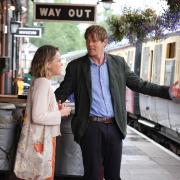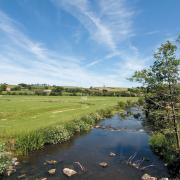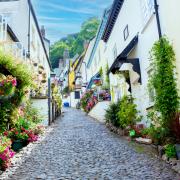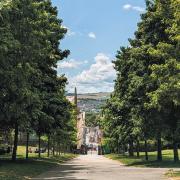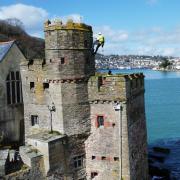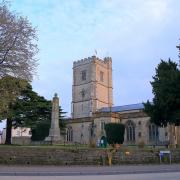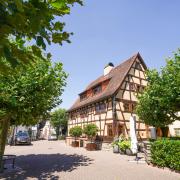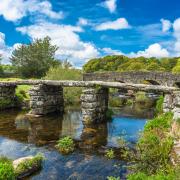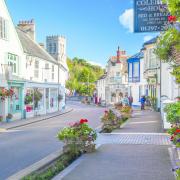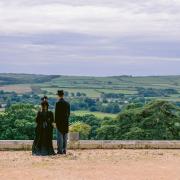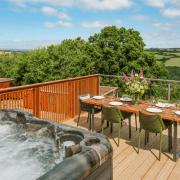Cobbled streets, flower-strewn cottages and resident donkeys have helped Clovelly become ‘the most Instagrammable village in the UK’. But this place is much more than just a good photo opportunity, as CHRISSY HARRIS discovers
Clovelly’s harbourmaster Stephen Perham has seen it many times.
“People arrive here, walk down the street as quick as they can, have something to eat and disappear again,” he says. “But you got to take your time in Clovelly; you’ve got to fully absorb it to appreciate it.
“When you’re sitting on the harbour wall, just think, that was built in the 1300s.
“Walk through the side streets, look in the museum, explore the woods, the Victorian gardens. Enjoy your time here.”
This North Devon village perched 400ft high on a clifftop has been attracting visitors from all over the world for centuries.
Clovelly is privately owned so you have to pay an entry fee, making it one of the most unique places in the country.
People love its unspoilt feel and come to admire the quaint, whitewashed cottages with flowering hanging baskets, which tumble ‘like a waterfall’ down to the port.
And then there are some of the most breath-taking views over Bideford Bay and across the coastline, towards the North Atlantic Ocean. It’s easy to see why Clovelly makes it into so many social media feeds.
But this village was built around the herring fishing industry and still has a deep connection to the sea and its ‘silver darlings’, as the herring are known.
“I’ve always worked around the boats,” says Stephen, harbourmaster for 17 years, a job also done by his father and cousin before him. “I’m like one of the black and white photographs you see of a place,” he adds. “Two hundred years is a long connection to have somewhere. To be able to keep that tradition going, that feeling that you are part of history is very important to me.”
Clovelly - originally owned by William the Conqueror, King of England, and gifted to his wife - grew from its quay. A rudimentary structure was built in the 14th Century to allow a small feet of fishing boats to catch herring and mackerel in Bideford bay.
When the Cary family took over the running of the village in the 17th Century, a more substantial quay was constructed from stone, making it the only safe harbour between Boscastle in Cornwall and Appledore, higher up the North Devon coast. The small harbour once sheltered up to a hundred fishing boats and up to 9,000 herring could be landed here at any one time. Donkeys were used to transport baskets of herring up and down the steep, cobbled high street.
Today, the industry has dwindled and the donkeys now relax in the top field (sledges do the hard yards now). But Clovelly remains a working fishing village with a tight knit community, fiercely proud of its roots.
Local tour guide Brad Brunsdon helps to make sure visitors appreciate this and enjoy the full Clovelly experience. He takes people through the lesser known side streets and down to the quay to watch the fishermen unload their catch, explaining how the village used to work and how life carries on today.
“A lot of people say they would have missed these parts if they had gone around on their own,” says Brad, who moved here 18 months ago and is still finding new areas to explore. “There’s no job like it,” he adds. “I’m taking people around one of the most beautiful places in the country. Seeing their expressions as they go around each corner is fantastic.
“People often ask me where the best place to take a photo is, but there are just so many. It’s hard to say...”
READ MORE: Why you should visit Clovelly this summer




